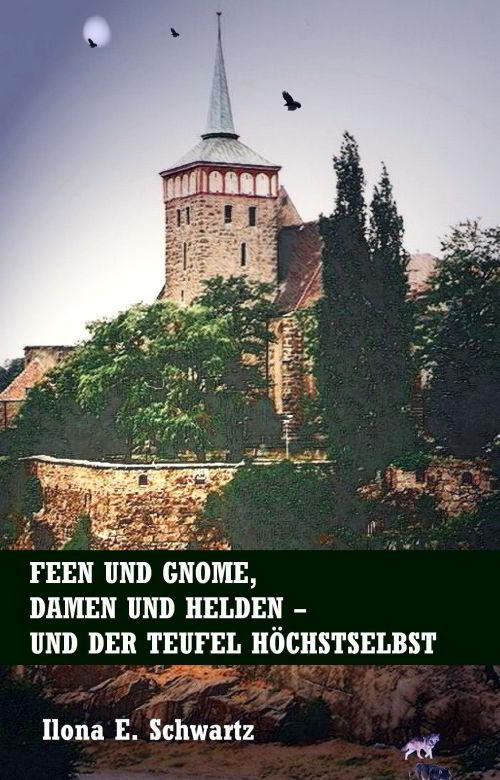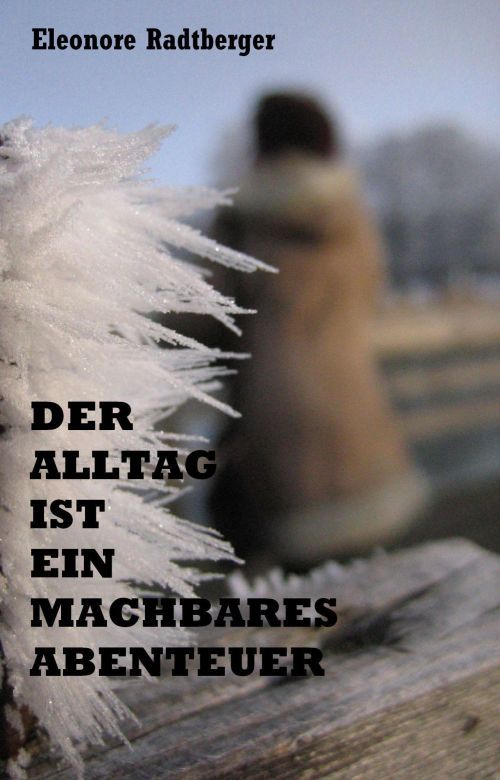
|
Waste: A mirror of society and a resource for the future
Historical background | Forms of waste management | Disposal methods | Uses of waste

Waste is an omnipresent phenomenon that has accompanied mankind since time immemorial.
From the waste of the Middle Ages to the modern challenges of waste management in the 21st century, the way we deal with waste has changed considerably.
This essay examines the historical background of waste, current waste management practices in Europe, the use of waste as a resource and the debate surrounding waste incineration and alternative disposal methods.
The history of waste from the Middle Ages to the 21st century
The Middle Ages (5th to 15th centuries): In the Middle Ages, waste management was strongly influenced by living conditions and urban development. Waste was often simply thrown into the street or dumped in ditches. Hygiene conditions were disastrous and the accumulation of waste often led to disease. From around the 13th century, some cities began to introduce regulations for waste disposal. The first regulations on waste collection were introduced to minimise health risks.
Early modern period (16th to 18th centuries): With the Renaissance came a greater focus on hygiene and urban planning. Rubbish bins were introduced in many European cities. The problem of waste also began to be addressed more systematically. It was also during this period that the first rubbish dumps appeared on the outskirts of cities. People began to develop an awareness of the environment and the dangers of excessive waste, but recycling was not yet widespread.
Industrialisation (19th century): The Industrial Revolution brought huge changes. Urbanisation increased dramatically and the population of cities exploded. As a result, the amount of waste increased exponentially. Waste increasingly consisted of industrial by-products and packaging materials. Cities suffered from mountains of rubbish and poor sanitation. This led to a strengthening of the public health movement. From the mid-19th century, many cities were forced to set up professional waste collection services. The first ideas about recycling and waste recovery also emerged.
20th century: In the 20th century, awareness of waste and its impact on the environment continued to grow. After the Second World War, the consumer boom led to a huge increase in plastic and packaging waste. The 1960s were marked by movements that drew attention to the problem of pollution. Waste management legislation was passed and policies were developed to reduce waste and promote recycling.
Waste in Europe today
Today we face new challenges in the area of waste and the environment. Climate change and the plastic crisis have brought the issue of waste to the forefront. Innovative approaches such as zero waste, upcycling and the circular economy are becoming increasingly important. Waste separation is being promoted in many cities and there are comprehensive programmes to reduce single-use products. Awareness of sustainable business practices and resource use is growing.
Germany currently has one of the highest waste recycling rates in Europe. Around 97% of packaging waste is recycled or recovered. This is the result of strict legislation and a well-organised waste management system. Citizens are involved in the recycling process by sorting their waste into different bins. This separation is essential to enable materials to be recycled.
Waste management practices in other European countries vary widely. While some countries achieve recycling rates similar to Germany's, others struggle with inefficient systems and high landfill volumes. The European Union has issued directives to harmonise waste management and increase recycling rates. The aim is to promote a circular economy in which waste is seen as a valuable resource.
Modern waste management
In the 21st century, we have several modern forms of waste management that are designed not only to dispose of waste, but also to reduce pollution and conserve resources. In addition to traditional landfill and incineration, waste separation is now a common practice in many households and public institutions. Waste is separated into different categories such as paper, plastic, glass and organic waste. Separate collection allows valuable materials to be recycled and reduces the amount of new waste produced.
Recycling: Another important aspect of modern waste management is recycling. This is where materials are processed after separation and made into new products. For example, old plastic bags can be turned into new plastic that can be used to make new products. Recycling has the great advantage of not only reducing the amount of waste, but also saving energy and reducing the need to mine new raw materials.
Compost: Composting is an innovative way to dispose of waste, especially organic waste. Many people have started collecting their kitchen waste, such as fruit and vegetable peelings, in compost bins. This process turns biodegradable waste into nutrient-rich compost that can be used in your own garden. This is an active contribution to the circular economy, where waste is given a new life cycle.
Biogas production: Modern waste treatment technologies are now available, such as the fermentation of organic waste. In special plants, organic waste is decomposed under anaerobic conditions, i.e. in the absence of oxygen. This process produces biogas, which can be used as a renewable energy source. The residue left after fermentation can also be composted or used as fertiliser.
Upcycling: Finally, community projects also play an important role. In many cities there are initiatives that encourage neighbours to manage their waste together or set up local upcycling projects. This creates a social network that not only reduces waste, but also raises awareness of sustainability.
Smart waste management systems: A particularly exciting trend in waste management is the development of smart waste management systems. These use digital technology and sensors to manage waste in cities more efficiently. Apps and data analytics can be used to monitor bins to determine when they need to be emptied. This optimises transport routes and reduces costs while protecting the environment.
Waste as a resource
Waste is increasingly seen as a resource. The term "circular economy" describes a system in which waste is reused and recycled rather than simply disposed of. In this model, the life cycle of products is extended and the environmental impact is minimised. One example of using waste as a resource is the recovery of raw materials from electronic waste. Old electrical equipment contains valuable materials such as gold, silver and rare earths that can be recovered through recycling processes. This reduces the need to mine new raw materials and protects the environment.
Incineration: up to date or not?
Incineration is a controversial method of waste disposal. It has the advantage of treating large quantities of waste efficiently and generating energy at the same time. Modern incinerators are equipped with advanced filters that reduce harmful emissions. However, there are concerns about the environmental impact and long-term health effects.
Critics of incineration argue that it reduces incentives for waste prevention and recycling. Incinerating waste does not capture the value of the materials it contains. Many therefore argue for a greater focus on recycling and waste prevention as more sustainable alternatives.
Alternatives to waste disposal
In addition to incineration, there are a number of alternatives that are becoming increasingly important in waste management:
Zero Waste: This movement aims to eliminate waste by designing products to be reusable. Consumers are encouraged to make conscious purchasing decisions and avoid disposable products.
Repair and reuse: Instead of throwing away products, repair is encouraged. This can be done through repair cafes or initiatives that encourage people to fix their own broken equipment.
Education and awareness: Education on waste prevention and recycling is essential. Through educational programmes, people can learn how to reduce their waste and consume more consciously.
Waste is a complex issue with deep roots in human history. The way we deal with waste has changed over the centuries and today we face the challenge of treating waste as a resource. In Europe, there are already many modern approaches to waste management that promote recycling and reuse. Ultimately, it's up to us to make conscious choices and manage our waste responsibly.
© "Waste: A mirror of society and a resource for the future. Historical background | Forms of waste management | Disposal methods | Uses of waste": An article by Izabel Comati, 01/2025. Image credit: Sea turtle and pollution, CC0 (Public Domain Licence).
– The man with the voluntary work. A marvellous Christmas story
– Cards of the Major Arcana: Emperor, Hierophant and Lovers
– Coffee grounds as a medium for interpreting the future
Discover more articles! Use the search function:
English archive:
More reviews, book presentations and essays
2024/2025
German archive:
2024 |
2023 |
2022 |
2021 |
2020 |
2019 |
2018 |
2017 |
2016 |
2015 |
2014 |
2013 |
2012 |
2011 |
2010 |
2009
Become a writer for Pressenet! Write articles for our online magazine on trending topics such as best books to read, health and wellness, technology and gadgets, business and finance, travel and tourism, lifestyle and fashion or education and career. Info: Become an author
Sponsors and investors are welcome: If you found our articles interesting, we would be grateful for a donation. Please also recommend us to your networks. Thank you very much!
Sitemap About Privacy Policy RSS Feed





